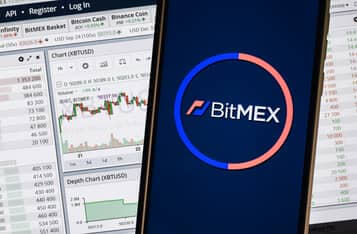Binance Announces Integration of Bitcoin Lightning Network for Enhanced Transaction Efficiency
Cryptocurrency exchange giant Binance has announced its plans to integrate the Bitcoin Lightning Network for deposits and withdrawals. The move aims to improve transaction efficiency and provide users with a faster and more cost-effective experience.
The news broke when some observant users noticed the presence of new lightning nodes, which were later confirmed by Binance to be their own. This revelation created a buzz among the cryptocurrency community, generating anticipation for the forthcoming integration.
By leveraging Bitcoin Lightning Network, Binance users can expect quicker transactions and lower fees without compromising the integrity of the underlying network. This innovative solution offers a promising avenue to address the scalability concerns associated with the Bitcoin network.
Despite the exciting progress, Binance acknowledges that there is still further technical work to be completed before the Lightning Network can be fully integrated. However, the exchange has assured users that it will provide timely updates on the integration process, ensuring transparency and open communication with its community.
The integration of the Lightning Network aligns with Binance's commitment to enhancing user experience and optimizing its platform's functionality. By implementing this cutting-edge technology, Binance aims to offer a seamless and efficient trading experience for its customers.
With Binance's integration of the Bitcoin Lightning Network on the horizon, cryptocurrency enthusiasts eagerly anticipate the prospect of faster transactions and reduced fees.
The Bitcoin Lightning Network is a second-layer protocol designed to address scalability issues and enhance transaction efficiency on the Bitcoin blockchain. It functions as an overlay network built on top of the existing Bitcoin blockchain, enabling faster and cheaper transactions. The primary goal of the Lightning Network is to facilitate instant microtransactions while reducing transaction fees. It achieves this by creating payment channels between users, which are essentially off-chain channels for conducting transactions. These channels enable users to transact directly with each other without requiring every transaction to be recorded on the Bitcoin blockchain.








